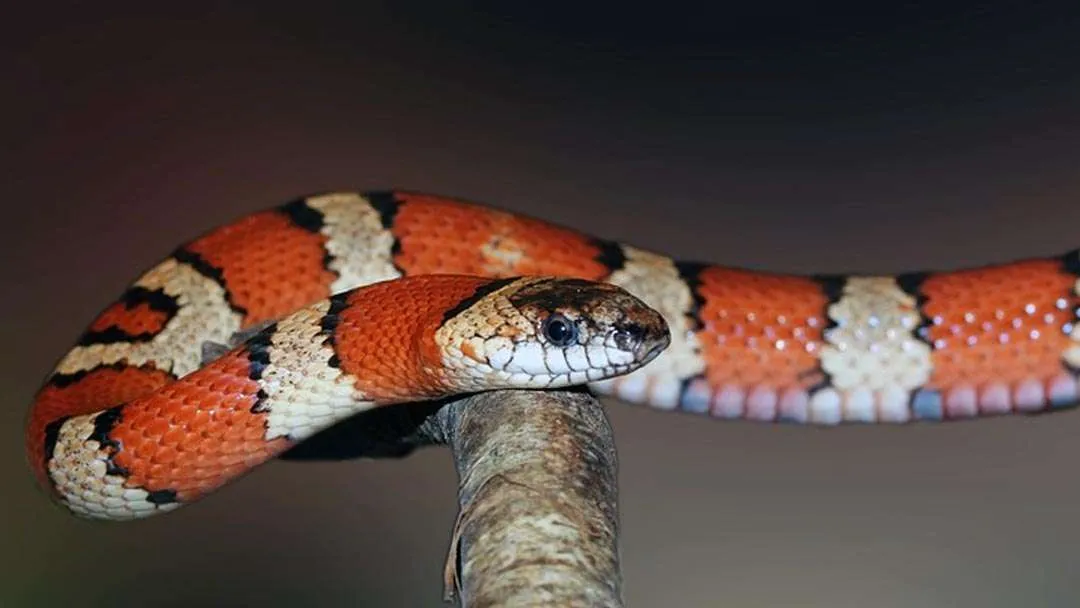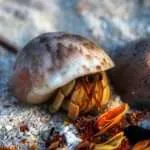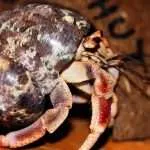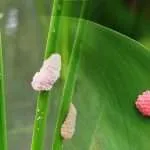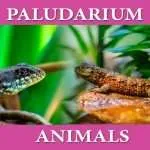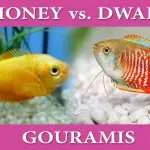What breed(s) of snakes are the cutest and can be adopted as a pet, you ask.
When it comes to pet snakes, there are different breeds out there that one can adopt. But let’s say you’re looking for a cute one to adopt, which one do you go for?
Well, I researched this question and found the following breeds of snakes and I call them my Cutest Pet snakes.
Some factors make a snake beautiful but the overwhelming factor is the color of the snake and the available morphs.
Without taking much of your time, here are the seven cutest pet snakes. I try to highlight the basic information of each snake. Enjoy!!!
#1 – Ball Python
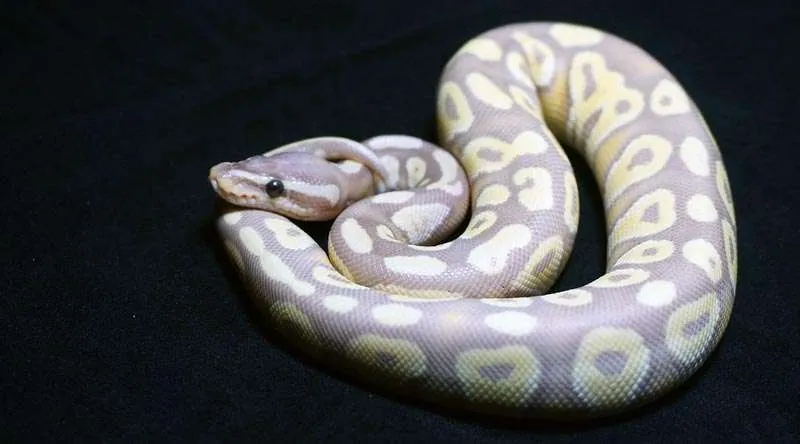
Starting the list of the cutest snakes is the Ball Python.
The Ball Python is a native of West and Central Africa and is found in its natural habitat which is grasslands and savannas.
Occasionally, you’ll come across them in forests.
This small and docile snake is one of the best pet snakes to have as they are not demanding and are easy to handle.
The Ball Python comes in a variety of colors and patterns which largely depends on the region the snake is found.
Breeders of the Ball Python also produce a variety of morphs.
Some morphs include but are not limited to Axanthic Ball Python, Albino Ball Python, Piebald Ball Python, Clown Ball Python, and Spider Ball Python, amongst others.
Compared to other pythons, the Ball Python is short and muscular in size, it doesn’t grow to be a large snake.
A full-grown Ball Python will weigh 3-5 pounds and is sized between 4 and 5 feet.
According to Reptile Magazine, the Ball Pythons are usually exported to the United States with Ghana, Togo, and Benin as the largest exporters of the snake.
The lifespan of the Ball Python is pretty long.
The oldest Ball Python lived 47 years in captivity. So, if you’re thinking of adopting one, be prepared to have them for a long time.
On average, the Ball Python will live between 20-30 years (fact check: Animal Diversity).
Ball Python Diets
The diet of the Ball Python is pretty easy but the snake has a reputation for refusing to eat.
It is not uncommon to find the python skipping a meal.
Hatchlings and captive-bred Ball Pythons, however, have a healthy appetite and will embrace a regular eating schedule.
Rats or mice are the Ball Python’s go-to meal.
They tend to imprint on a single meal – meaning a Ball Python may eat mice or rats all the days of its life.
One important thing to remember regarding the diet is to avoid overfeeding the snake.
Ball Python Habitat
The Ball Python needs a cage – an enclosure – to live in.
The enclosure should be about 30 gallons in size with bedding, a heating system (which needs to be kept warm, not hot), a lighting system, a hiding space, a humidity level between 50 and 60 percent, and freshwater.
The Ball Python doesn’t like to be petted and touched too much.
This snake also doesn’t like over-handling because it stresses the snake and may cause it to stop eating.
#2 – Corn Snake
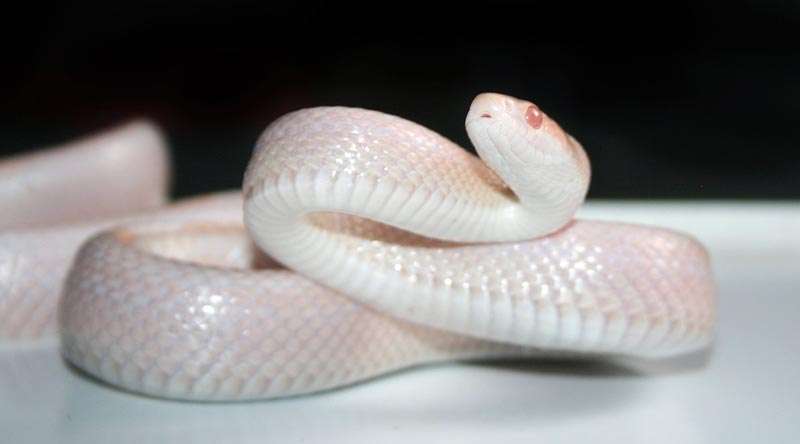
Taking the #2 spot is the beautiful Corn Snake.
A native of North America, the Corn Snake, is small and harmless and one of the most populous pet snakes, which is also a great beginner snake.
The Corn Snake got its name from the corn-like skin pattern, primarily found in cornfields.
This docile snake comes in various colors and also different patterns.
The most popular Corn Snakes morphs are Normal Corn Snakes, Albino Corn Snakes, Blood Red Corn Snakes, Hypomelanistic Corn Snakes, Anerythristic Corn Snakes, and the Oketee Corn Snakes.
The Corn Snake will take any of the following colors, yellow, orange, brown, and red, with brown or black patches.
An albino Corn Snake will take one color.
The Corn Snake hatchling is usually between 8 to 12 inches long and will grow up to 4 to 5.5 feet long.
Corn Snake Diet
With proper care and diet, the Corn Snake will live up to 10 years or more.
When choosing a Corn Snake for adoption, you must get a healthy one with no abrasion, bright and alert eyes, and a flicking tongue.
The primary food of the Corn Snake is rodents.
When it’s mealtime, the Corn Snake, a constrictor snake, will squeeze its prey before swallowing it whole.
The newborn will eat mice while adults may occasionally feed on frogs, lizards, and birds but majorly, rodents.
Habitat for Corn Snakes
The Corn Snake also needs an enclosure that will aid its growth.
This doesn’t mean you can’t have them around you, it only means the snake is safe and secured in a tank.
A 30-40 gallon is enough as a tank for the Corn Snake to move and grow.
If you don’t want this size, you can measure the size of your snake and get a tank a bit bigger than the size of your snake.
The tank will need bedding, plants, and branches for curling, hiding boxes or spots, appropriate lighting, appropriate humidity, and freshwater.
The Corn Snake is not a social animal, as such there’s no need to keep two Corn Snakes in the same tank.
If you must have two or more Corn Snakes, get a different tank for each snake.
Here is a more detailed post about Corn Snake. I am sure you are going to enjoy reading it.
Also, you can read more Corns Snake Species Facts & Picture here.
#3 – California Kingsnake
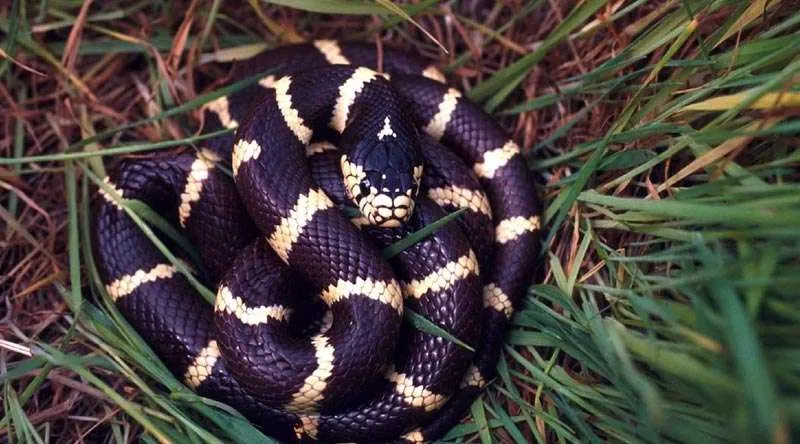
The California Kingsnake is #3 on this list and is the most adorable and commonly kept Kingsnake.
Of course, the California Kingsnake is a native of California but also found in parts of Oregon, southern Nevada, Utah, and most of Arizona.
Before 2009, this snake was considered a species of the common Kingsnake before it was given autonomy as a unique species by Pyron and Burbank.
Here is a copy research paper published in 2009 from the George Washington University website in case you are interested to read further.
The snake is found in its natural habitat – grasslands, deserts, ranches, forests, coastal areas, and suburbs.
You will find it hiding under debris and leaves and also man-made structures.
The California Kingsnake is a member of the tricolor snake group, they also come in different colors, morph, and pattern.
Size and Diets
Most of the snakes are branded dark brown and white or yellow.
Some of the patterns of the California Kingsnake include striped, desert, coastal, un-banded, and dark banded.
The California Kingsnake is a slender and moderate-sized snake. It can grow up to 4 to 5 feet in length.
By the age of three or four, the snake reaches adulthood.
The average lifespan of the California Kingsnake is 10 to 15 years but it’s not uncommon for the snake to live up to 20 years.
When in the wild, the California Kingsnake will eat any kind of meat – rodents, small birds, lizards, and even other snakes.
When in captivity, you can feed it rodents.
Kingsnake Habitat
A Kingsnake deserves a befitting palace.
The California Kingsnake will need a tank size of 15 – 20 gallons and just like every other snake tank, you’ll need to put in place appropriate bedding, branches (optional because they don’t climb trees), hiding box or spot, heating system, natural sunlight or a lighting system.
The California Snake is not aggressive but can get anxious.
When stressed, this snake will hiss or roll itself into a ball or vibrates its tail like a rattlesnake.
#4 – Boa Constrictor
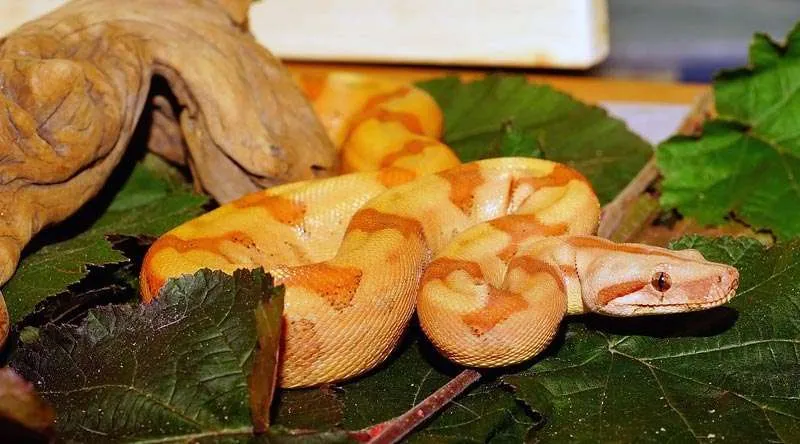
The very attractive Boa Constrictor comes up next on this list of cutest snakes.
This snake is found in America, northern Mexico, Central America, Peru, and Argentina.
The Boa Constrictor is also found in the Caribbean and the Pacific Coast.
There are different sub-species of the Boa Constrictor.
They include the Common Boa Constrictor, Red-Tailed Boa Constrictor, Clouded Boa Constrictor, San Lucia Boa Constrictor, Short-Tailed Boa Constrictor, and Argentine Boa Constrictor.
This non-venomous snake will take on different looks, which depends on the species and the habitat they are trying to blend into.
The Boa Constrictor comes in colors green, tan, red and yellow.
Size and Diets
The Boa Constrictor is a large snake. A newborn Boa weighs between 2 to 3 ounces with a length between 14 and 22 inches.
An adult boa will size 4 to 7 feet – sometimes able to reach 8 feet – with weighing not more than 60 pounces.
A female Boa Constrictor is usually bigger than the male Boa.
The oldest Boa Constrictor ever lived for over 40 years, according to AnAge.
This means the boa has a long life – one of the longest-lived snakes in the world. As such, the average lifespan of a Boa Constrictor is between 20 to 30 years.
This constrictor snake has a large appetite and will eat both live and pre-killed food.
When in captivity, it is best to feed the Boa Constrictor a pre-killed meal. Rodents, rabbits, and squirrels are a regular meal for a Boa Constrictor.
The Boa Constrictor is not a beginner snake due to its large size and lifespan.
Intermediate and advanced snake keepers can have a Boa Constrictor.
Boa Constrictor Temperament
The Columbian Boa Constrictor is the most docile of the Boa family while imported Mexican and Central American species tend to be slightly aggressive.
When threatened, this snake will bite you, and a bite from such a large snake will hurt you.
They have small, hooked teeth used for grabbing and holding prey. These teeth can re-grow if it gets damaged.
The Boa Constrictor does not have fangs but possesses a wide jaw that is used for swallowing anything large.
This nocturnal reptile will also need a tank to live in. The tank size depends on the species of the Boa and the size.
The tank will need bedding, branches, heat, and lighting installations.
Did you know that the Boas are the most common snake killed for their meat and skins (which are used in making products)? Now you know.
#5 – Carpet Python
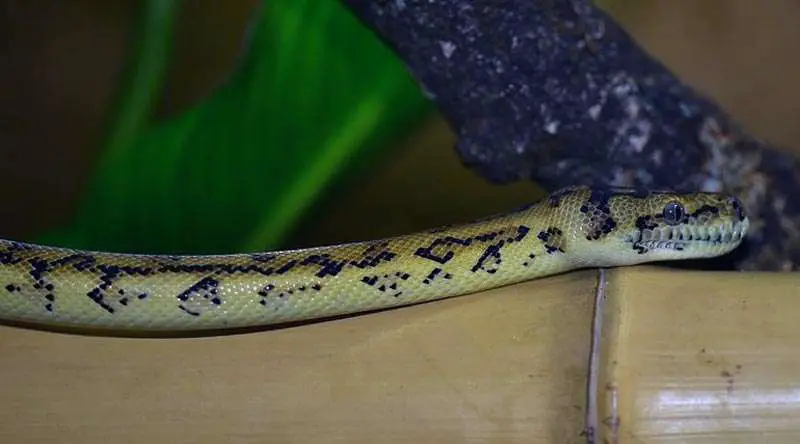
The dazzling Carpet Python comes in at #5 on our list of nice-looking snakes.
A native of Australia, Indonesia, and New Guinea, the Carpet Python got its name from its dazzling array of patterns which looks like a beautiful woven carpet found in the Middle East.
A newborn Carpet Python is pencil-sized but will grow up to 5 to 9 feet in length.
The newborn is usually aggressive – and this is because they are mostly prey in the wild – and will always defend themselves when it feels threatened. After a year or two in captivity, it becomes calm.
The Carpet Python comes in different morphs such as Jungle Carpet Pythons, Diamond Pythons, Irian Jaya Pythons, and Coastal Carpet Pythons amongst others.
The Irian Jaya Pythons are the smallest in size while adult Coastal Carpet Pythons can grow up to 9 feet in length.
A Carpet Python can live up to two decades or more.
The color of this snake ranges from dark or light green, olive, and black, with a diamond-like pattern in white, cream, or gold markings.
As a non-venomous snake, this constrictor will feed on rodents, birds, lizards, and frogs.
Younger ones can be fed lizards while an adult may eat up to 10 mice at a time.
#6 – Green Tree Python
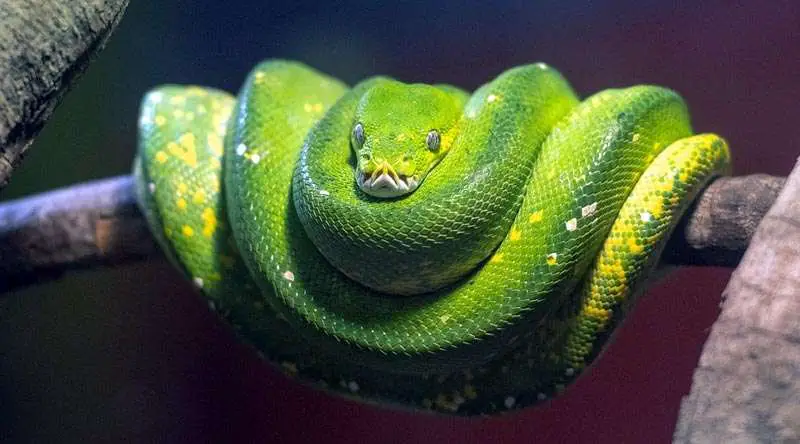
The fascinating Green Tree Python is next on our list of adorable pet Snakes.
This beautiful but aggressive snake is found in the rainforests of New Guinea and is also found in Australia, the Solomon Islands, and some islands in Indonesia.
Popularly referred to as “chondros”, the Green Tree Python is often mistaken for the Emerald Tree Boa.
This exquisite snake is popular among snake collectors, but it’s not a beginner’s pet – good for intermediate snake keepers and great for advanced snake keepers. This is due to its complex care requirements.
The Green Python, as its name suggests is mostly colored in lime green – dark or light – but you’ll find other colors such as yellow, brick red, and brown.
The color the snake takes largely depends on the breed and habitat of the snake.
It also comes in different morphs.
Popular morphs include Biak Green Tree Pythons (largest of all), Aru Green Tree Pythons, Jayapura Green Tree Pythons, Sorong Green Tree Pythons, Manokwari Green Tree Pythons, and Wamena Green Tree Pythons.
Green Python Sizes and Diets
This is a slender snake but it usually appears small due to a habit of perching on a branch in a compact, inner-looped posture.
Its head is large and more pronounced than any other part of its body.
Adults Green Tree Pythons can grow up to 6 feet but on average will grow between 4 and 5 feet in length.
The female Green Python is longer and heavier than its male counterpart.
This snake will live up to 20 to 25 years in captivity.
When it comes to feeding, this python is a constrictor and will capture its prey by holding onto a branch of a tree using its prehensile tail and striking out from an s-shaped position, and constricting the prey.
They eat mammals such as rodents and some reptiles.
This snake spends most of its life on a tree and will not go hunting for a meal.
It will wait on the tree, in a camouflaged manner, until its prey shows up before devouring it. The python only comes down from a tree to change trees.
When in the wild, the Green Tree Python is prey to several animals including New Guinea quolls, Rufous Owl, black butcherbirds, and mangrove monitors.
Green Python Temperament
Handling this python can be quite complex and requires great care. As a nocturnal reptile, it is best handled during the day while sleeping.
They find the presence of humans quite uncomfortable and will only welcome a familiar face – this doesn’t mean it will not be aggressive.
It gets easily agitated and can be very over-protective. When provoked or mishandled, the python will bite.
During the mating season, males are more aggressive while females get aggressive when protecting their eggs.
Green Python Habitat
A tank size between 30 and 40 gallons is required to house this snake, albeit, the tank size largely depends on the size.
The tank can be plastic, wood, or glass, the choice is yours.
Requirements for the tank include but are not limited to bedding or substrates, lighting and heat, hiding spot, branches, and clean water.
The humidity level should be between 40 and 70 percent.
The temperature of the tank should be between 86 and 88 degrees while the cooler part of the tank should be between 78 and 80 degrees.
#7 – Western Hognose Snake
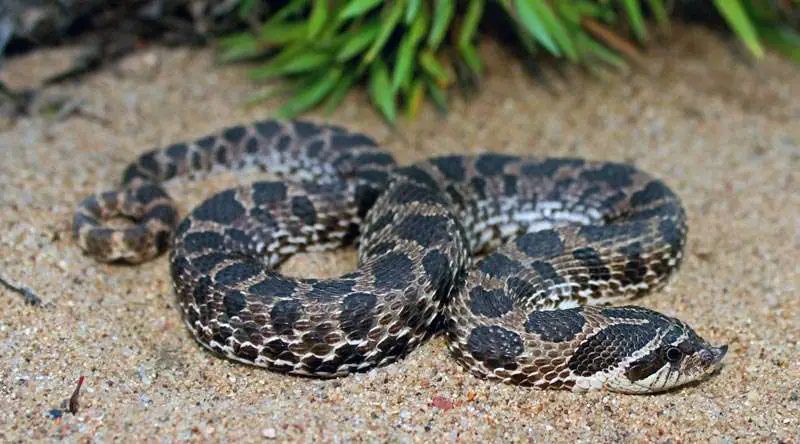
The Western Hognose Snake is a small colubrid found in sandy habitats in Mexico and North America.
The Hognose Snake derived its name from its upturned snouts which are used for digging burrows in sandy soil.
There are different species of this snake but the most commonly adopted is the Western Hognose.
This is because, of all the species, the Western Hognose Can be easily trained.
This snake comes in different colors and morphs variations.
Popular Morphs include Albino, Axanthic, Snow, Evans Hypo, Superconda, Toffee Belly, Lemon Ghost, Caramel, and Lavender.
The Hognose is quite small in size and will not exceed 3 feet in length. On average, it will live between 8 to 10 years in captivity.
Diet and Habitat
The feeding of the Hognose Snake depends on its size. In the wild, the snake will burrow the soil to hunt for prey.
While in captivity, it can be fed rodents.
Young Hognose Snake should be fed crickets and mice a few times a week while adults should be fed with a rat once a week.
Habitat
This diurnal snake should be provided a tank with a few inches of sandy soil mixed with reptile-safe soil to burrow and hide.
The temperature level of the tank should not exceed 90 degrees Fahrenheit while the humidity level should be between 30 and 50 percent.
One impressive behavior that the Hognose Snake possesses is the ability to puff out its neck to look like a cobra.
When it feels threatened, this snake will exhibit this behavior or roll onto its back and play dead.
Did you know that Hognose Snakes are venomous but the venom is less harmful to humans but it harmful to small prey?
Tips and Care for Snakes
Snakes develop health issues. Generally, they can develop bacterial diseases, parasites, mouth rot, and nutritional deficiencies amongst others.
Some snake diseases are peculiar to the species of the snake.
Snakes suffer from shedding complications (dysecdysis).
Throughout their lives, snakes will shed their entire bodies from time to time.
To avoid complications during this process, proper temperature and humidity should be provided and areas to rub its skin against.
The lifespan of a pet snake – or any pet at all – depends largely on the care and diet the snake receives from the pet parent.
When building a habitat/enclosure/tank for any snake, it’s necessary to know the appropriate setup and supplies needed for the tank.
What works for the California Kingsnake may not work for the Ball Python.
Clean and fresh water must be provided regularly for your pet snake.
You must not keep your snake away from the vet.
Your vet will provide answers to every question you have and will guide you on how to train your snake.

